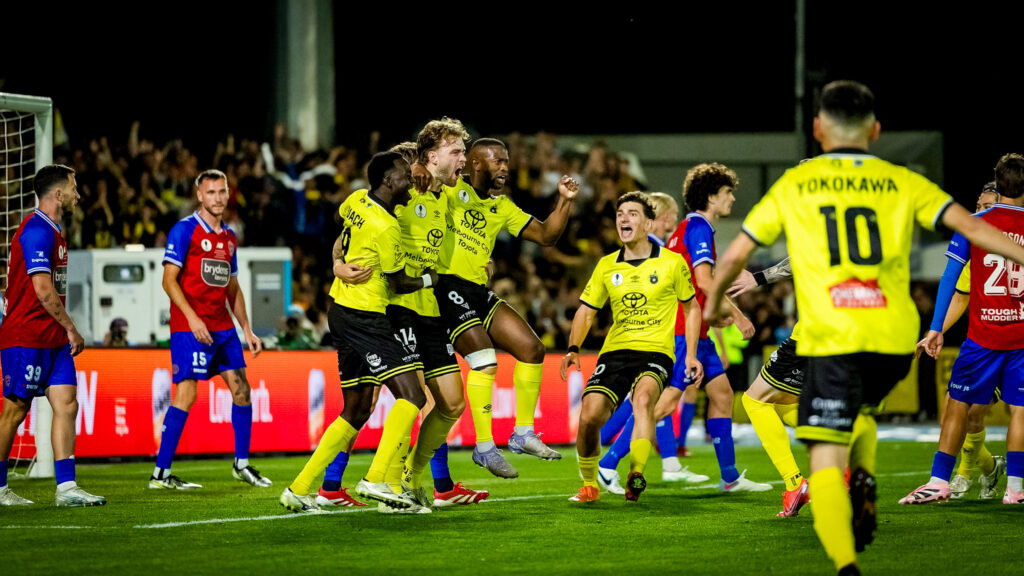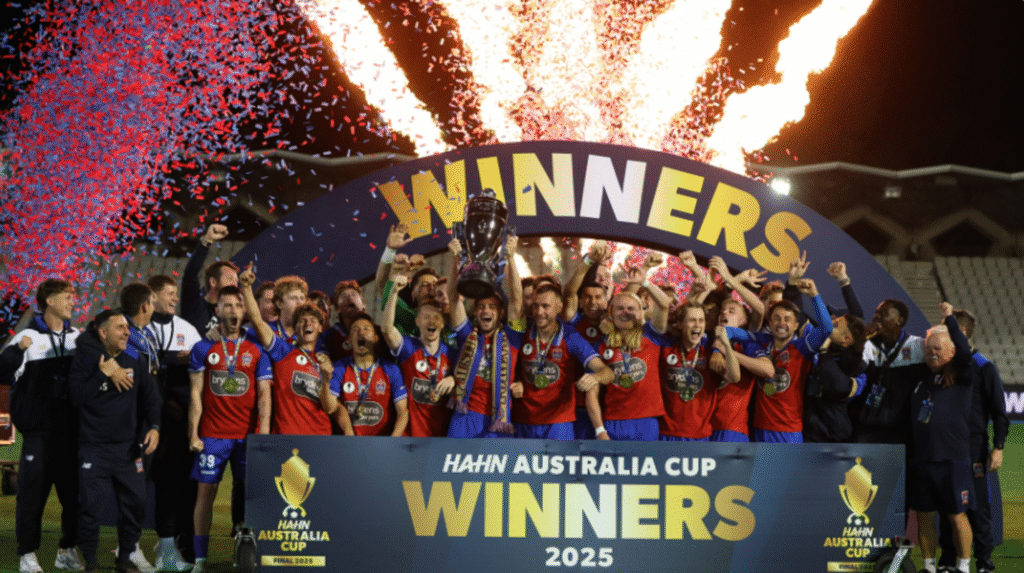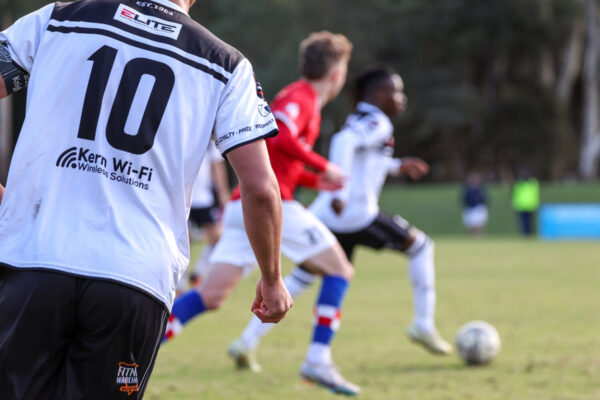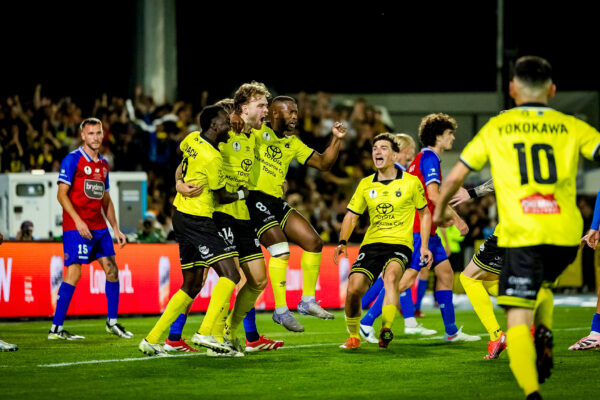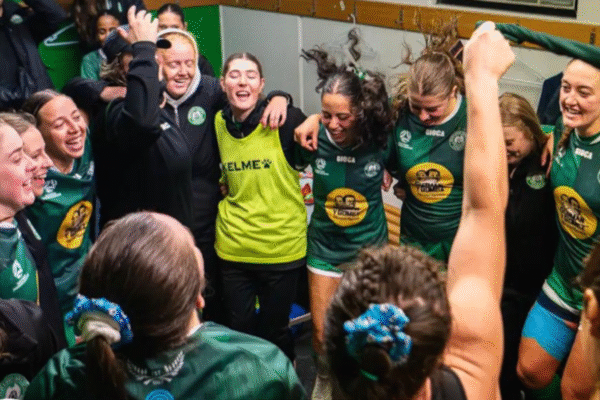
As part of an exclusive series being run throughout the duration of the Socceroos’ time in Qatar for the FIFA World Cup, former Socceroo and host of ‘The Football Coaching Life’ Gary Cole caught up with Mike Conway, XVenture founder and Emotional Agility and Mental Coach, for the Socceroos ahead of Australia’s opening game against World Champions France.
Having previously worked with Socceroos coach Graham Arnold as part of the team behind Sydney FC’s historic A-League Men’s success, Conway is one of Arnold’s secret weapons intended to give Australia an edge over their opponents, with the Socceroos set to take on France, Tunisia and Denmark in Group D of the World Cup.
Conway’s wealth of experience in emotional intelligence, resilience and mental agility coaching has translated to his founding of XVenture, an organisation championing the development of effective mental durability in athletes and coaches. Conway’s work through XVenture has seen him mentor many of Australia’s national team players individually including Socceroos captain Mathew Ryan, Adam Taggart, Harry Souttar, Ajdin Hrustic, Awer Mabil, and Matilda, Amy Harrison.
During the pandemic, the XVenture team worked with a number of elite sports teams with their XVenture Mind Games solution, including Melbourne City FC, Australian Women’s Cricket Team, Chicago Fire FC, Western Sydney Wanderers and many more.
Moreover, Football Coaches Australia and XVenture have partnered on numerous initiatives and programs designed to amplify opportunities for coaches based locally and abroad, including the FCA XV Essential Skills Program. The program – delivered online via FCA XV’s College modules – provides coaches with a revolutionary virtual world environment which aims to develop the ‘essential skills’ of coaching across 5 modules – Emotional Intelligence, Leadership, Resilience, Culture and Communication Skills.
In a wide-ranging chat with Gary Cole via Football Coaches Australia, Conway discusses the significance of building rapport and trust, the strategies involved in developing emotional intelligence, and provides some insights into the day-to-day preparations of Australia leading into their opening match against France.
This is the first of a limited and exclusive series of podcasts leading into each of the Socceroos games and is not to be missed.
The podcast can be viewed HERE.








